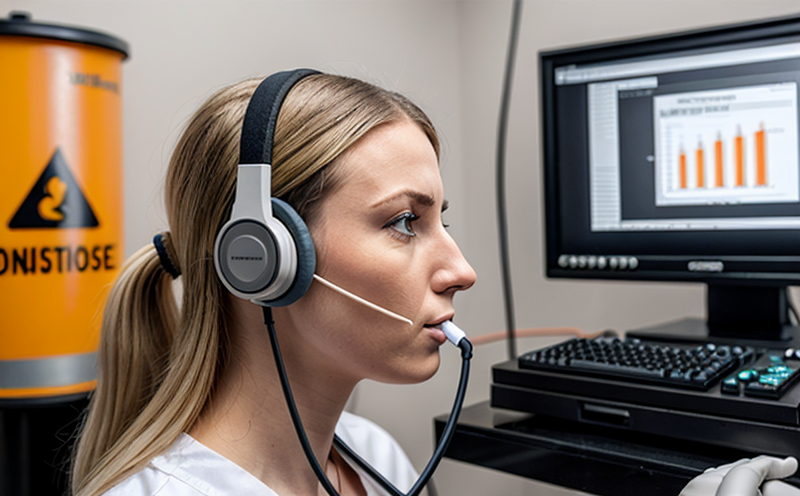NIOSH Criteria for Occupational Noise Exposure Testing
The National Institute for Occupational Safety and Health (NIOSH) criteria document provides comprehensive guidelines for assessing occupational noise exposure. This document is critical in ensuring that workers are not exposed to hazardous levels of noise, which can lead to hearing loss or other health issues.
Occupational Noise Exposure Testing aligns with the NIOSH criteria by providing a methodical approach to evaluate noise levels and assess potential risks. The testing process involves several key steps:
- Identify the source of noise and the areas within the workplace where employees are exposed.
- Measure the noise levels using appropriate instrumentation in accordance with ANSI S12.8-2014 (R2019).
- Analyze the data collected to determine compliance with the NIOSH criteria.
The NIOSH criteria document is based on a combination of scientific research, expert consensus, and real-world applications. It aims to provide practical guidance for employers and workers alike, ensuring that noise levels are kept within safe limits as per OSHA 1926.52(a) and ANSI S3.47.
The testing process is designed to be comprehensive, covering all aspects of occupational noise exposure. This includes the use of appropriate instrumentation such as sound level meters (SLMs), dosimeters, and real-ear measurement aids (REMAT). The test parameters are critical in ensuring accurate measurements and reliable results.
Before initiating any testing, it is essential to prepare specimens correctly. This involves setting up the environment for noise exposure, ensuring that all equipment is calibrated properly, and selecting the appropriate instruments for the job. Once this preparation is complete, testing can proceed according to the NIOSH criteria document.
The results of the testing are then analyzed, and a report is generated detailing the findings. This report should include detailed information on noise levels, any potential risks, and recommendations for mitigating those risks. It is important that this report be clear and concise, allowing employers to take necessary actions promptly.
Scope and Methodology
| Aspect | Description |
|---|---|
| Noise Source Identification | The first step is to identify the noise sources within the workplace. This involves understanding the nature of the equipment and processes that generate noise. |
| Instrument Calibration | All instruments used for testing must be calibrated according to ANSI S12.8-2014 (R2019). Proper calibration ensures accurate measurements. |
| Sampling Strategy | A sampling strategy is developed based on the nature of the noise source and the expected exposure levels. This helps in ensuring that all relevant areas are covered during testing. |
| Data Analysis | The data collected during testing is analyzed to determine compliance with the NIOSH criteria. Any deviations from acceptable limits are noted and addressed. |
Industry Applications
- Construction sites where heavy machinery operates
- Fabrication plants with metalworking activities
- Agricultural settings involving tractors and other equipment
- Mining operations in underground mines
- Laboratories conducting high-volume experiments
International Acceptance and Recognition
The NIOSH criteria for occupational noise exposure testing are widely recognized and accepted globally. They have been adopted by various countries as a benchmark for ensuring worker safety, particularly in industries where there is high potential for noise-induced hearing loss.
Many nations incorporate the principles of these guidelines into their national standards. For example, OSHA (Occupational Safety and Health Administration) regulations in the United States are directly influenced by NIOSH recommendations. Similarly, countries like Canada and Australia use similar criteria to ensure compliance with local labor laws.





